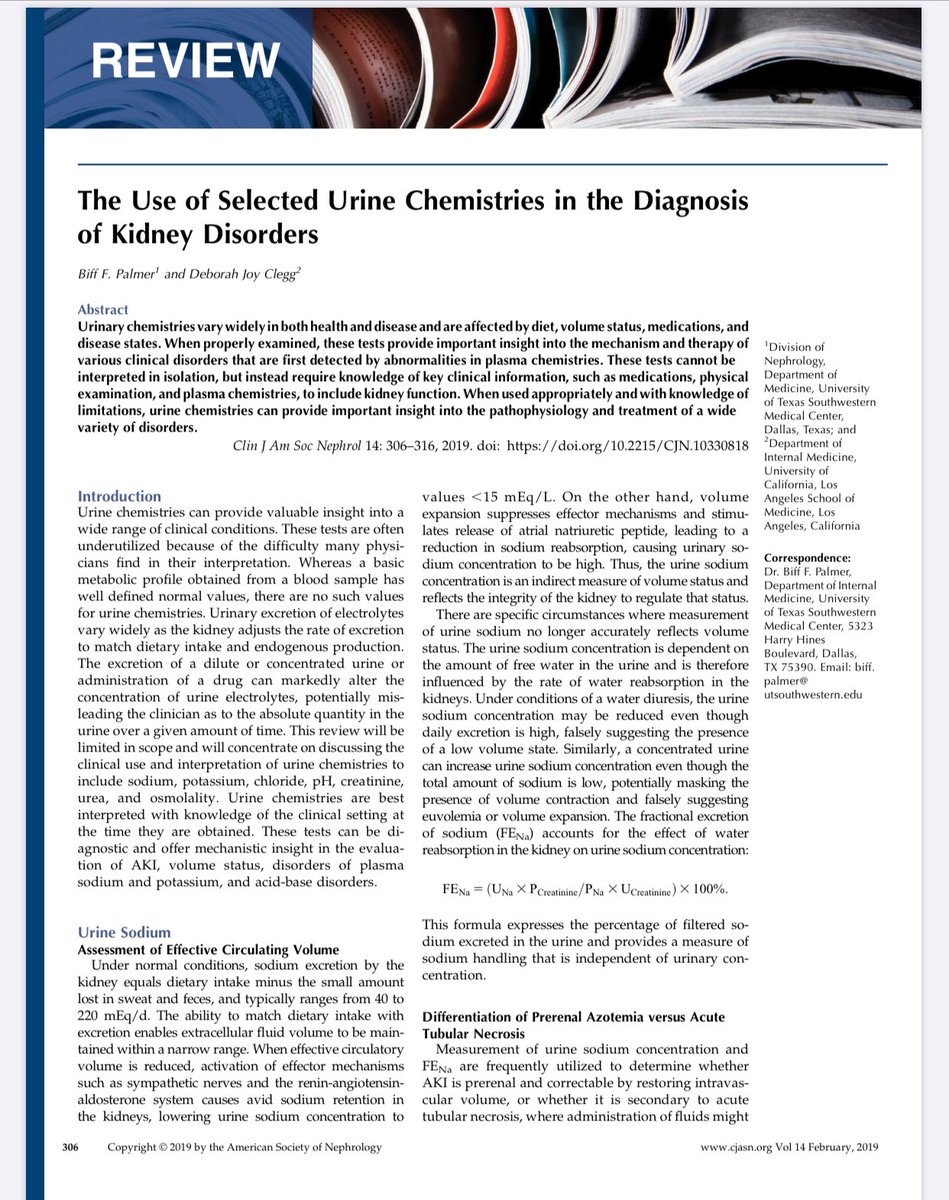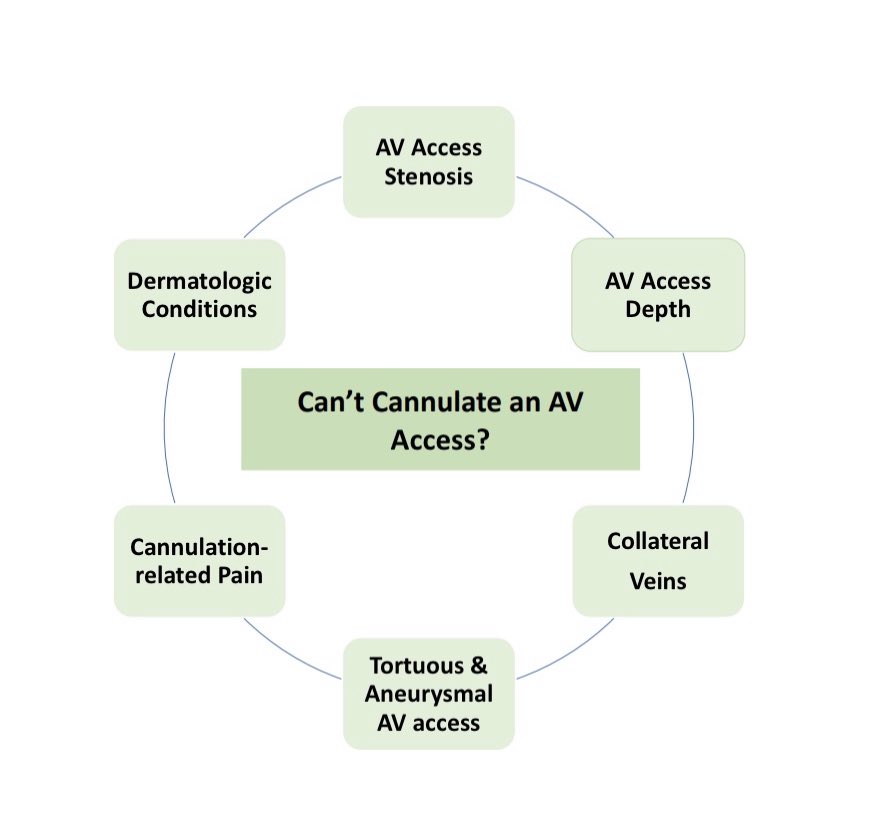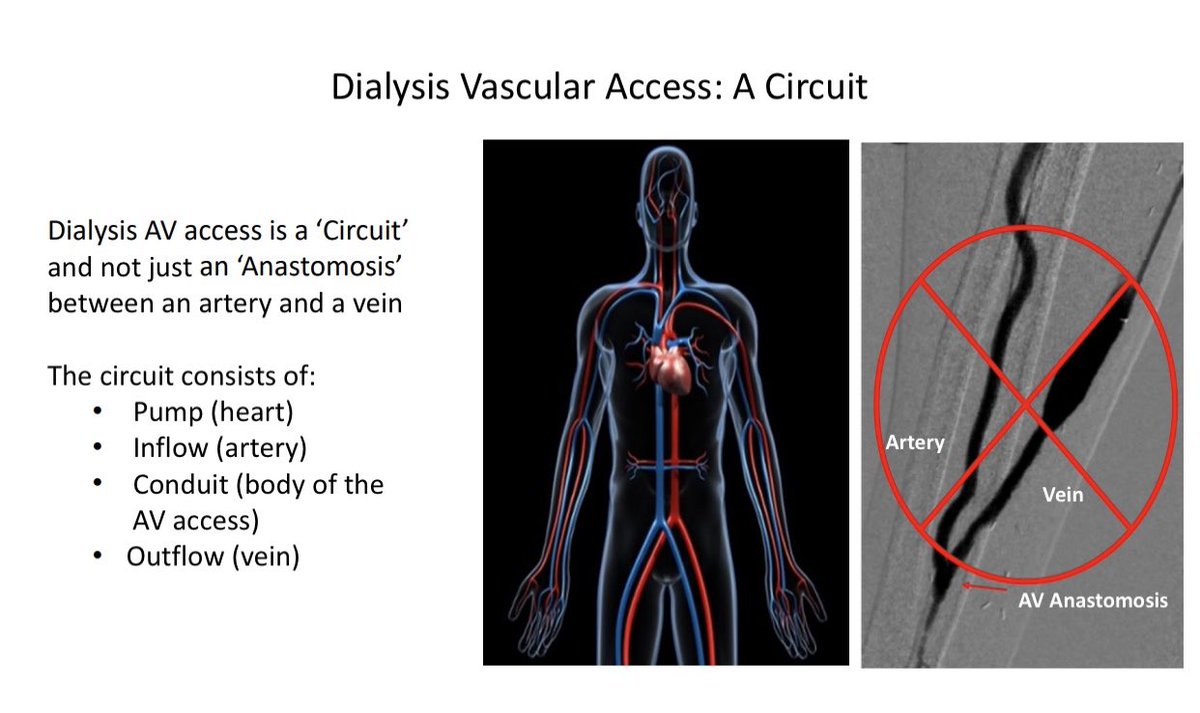A great article in @CJASN
👉🏽 cjasn.asnjournals.org/content/14/2/3…
⚡️Summary of the article is in this🧵
#MedEd
#FOAMed
#NephPearls

⚡️Assessment of effective circulatory volume
⚡️Differentiation of Pre-renal Azotemia vs. ATN
⚡️Urine Na < 15 mEq/L suggests ⬇️ effective circulatory volume BUT the caveat is:
‼️Spot Urine Na is dependent on the amount of ‘water’ in the urine
⚡️Hence spot Urine Na can be ⬇️ in the setting of water diuresis & ❌ always mean ⬇️ volume
FeNa = (UNa x PCr/ PNa x UCr) x 100
⚡️FeNa provides a measure of Urine Na handling independent of urine concentration (meaning independent of the ‘water’ in the urine)
⚡️FeNa < 1% suggests Pre-renal Azotemia & hence volume-responsive whereas a ⬆️ FeNa suggests ATN and hence not volume-responsive
‼️But FeNa is NOT always reliable in making this distinction
⚡️CHF
⚡️Cirrhosis
⚡️Extensive burns
‼️Intense neurohumoral activation =
Low FeNa
‼️In this situation, Fractional Excretion of Urea (FeUrea) can be used
= (Ur Urea x Pcr/ P Urea x Ucr)x 100
= < 35% suggests ⬇️ volume
⬇️ volume -> ⬆️ prox. tubular water & urea reabsorption ⬇️ FeUrea
‼️So w/ distal diuretic use, loop or thiazides, but NOT w/ proximal diuretic use, FeUrea can be of help
⚡️⬇️ volume is accompanied by ⬆️ in non-reabsorbable anions in urine, such as HCO3-, as HCO3- is excreted in urine paired w/ Na+
‼️Use Urine Cl and NOT FeNa to assess volume status in met. alkalosis
⚡️⬇️ Urine Cl: responsive to IVF
⚡️⬆️ Urine Cl: not responsive to IVF
‼️Except when volume changes are accompanied by Acid-Base disorders
⚡️An accompanying anion is causing obligatory Na loss in the urine despite an appropriately ⬇️ Urine Cl in response to neurohumoral activation due to ⬇️ effective circulatory volume
< 0.7 in the setting of ⬇️ effective circulatory volume then that suggests:
⚡️An accompanying cation in the urine causing obligatory Cl loss
⚡️Eg. ⬆️ ammonium excretion in urine as it is excreted as ammonium chloride
⚡️In Hypokalemia,
Step 1: ✅ determine if K loss is renal or extra-renal
⚡️Check Spot Urine K
< 5-15 mEq/L = extra-renal K loss
> 40 mEq/L = renal loss
‼️But Spot Urine K can be misleading as it can vary w/ urine concentration
‼️Urine K to Urine Creatine ratio
⚡️Ratio of < 13 mEq/g
OR
⚡️Ratio of < 2.5 mEq/mmol
Both indicate extra-renal K loss
⚡️In normal anion gap matabolic acidosis, determine if the source of the acidosis is renal or extra-renal
⚡️Calculate Urine Anion Gap (UAG):
(Urine Na + Urine K) - Urine Cl
💥Negative UAG = source of met. acidosis is extra-renal
‼️Why?
Because ⬇️ urine ammonium excretion by the kidney in the setting of metabolic acidosis means that the kidney is NOT getting rid of the acid
Because ammonium is excreted as ammonium chloride, now recall the UAG equation:
(Urine Na + Urine K) - Urine Cl
So ⬇️ ammonium excretion in urine = ⬇️ Urine Cl = Positive UAG
⚡️Recall that in the UAG equation we are only accounting for Urine Na, K & Cl
‼️So presence of ANY unmeasured ions (besides Na, K, Cl) can be misleading:
⚡️Ketoacids
⚡️Na Hippurate
⚡️D-lactate
⚡️Urine Sodium
⚡️Fractional excretion of Na
⚡️Fractional excretion of Urea
⚡️Urine Chloride
⚡️Urine Potassium
⚡️Urine Anion Gap
⚡️Urine Osmolar Gap
End/












